Joint health is fundamental to maintaining mobility and overall well-being. As we age or encounter joint-related issues, high-impact activities can exacerbate discomfort or lead to injuries. Fortunately, low-impact exercises offer a solution, enabling individuals to stay active without placing undue stress on their joints. This comprehensive guide delves into the benefits of low-impact exercises and outlines a regimen designed to protect and strengthen your joints.
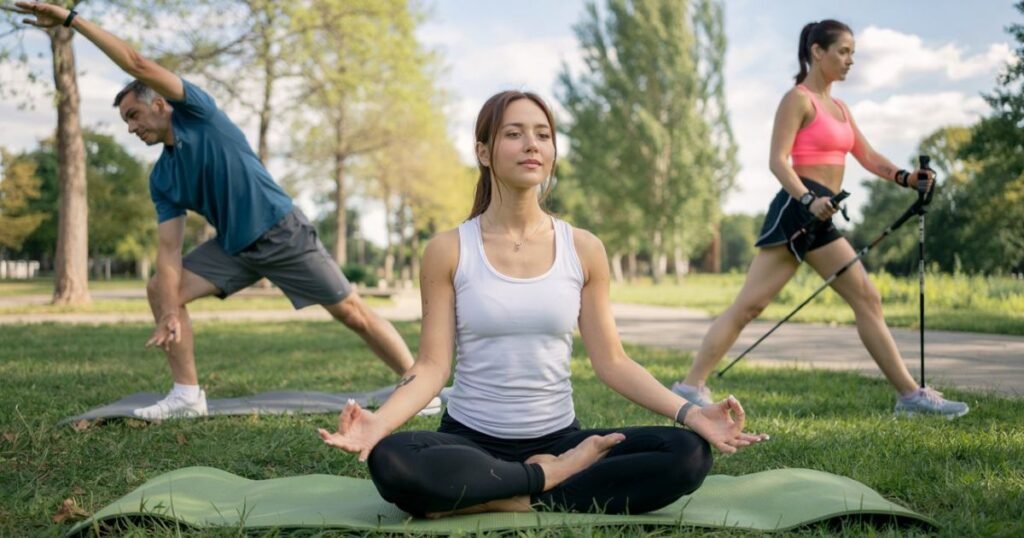
“Take care of your body. It’s the only place you have to live.“ — Jim Rohn
Understanding Low-Impact Exercises
Definition:
Low-impact exercises are physical activities that minimize stress on the joints by ensuring that at least one foot remains in contact with the ground or by utilizing supportive environments like water. These exercises are characterized by smooth, controlled movements that reduce the risk of injury.
Benefits:
- Joint Preservation: By reducing the force exerted on joints, these exercises help prevent wear and tear, making them ideal for individuals with arthritis or those recovering from injuries.
- Enhanced Cardiovascular Health: Engaging in low-impact activities can improve heart health and endurance without the risks associated with high-impact workouts.
- Improved Muscle Strength and Flexibility: Many low-impact exercises incorporate stretching and strength components, promoting overall muscle tone and flexibility.Wikipedia+2UMMS Health+2Healthline+2
- Accessibility: Suitable for various fitness levels and age groups, these exercises can be easily modified to match individual capabilities.
Top Low-Impact Exercises for Joint Protection
1. Swimming and Water Aerobics Water-based exercises are exceptionally gentle on the joints due to the buoyancy provided by water, which supports body weight and reduces impact. Swimming engages multiple muscle groups, enhancing cardiovascular fitness and muscle strength. Water aerobics adds resistance, further promoting muscle toning and flexibility. These activities are particularly beneficial for individuals with arthritis, as the water’s warmth and support can alleviate joint pain and stiffness.
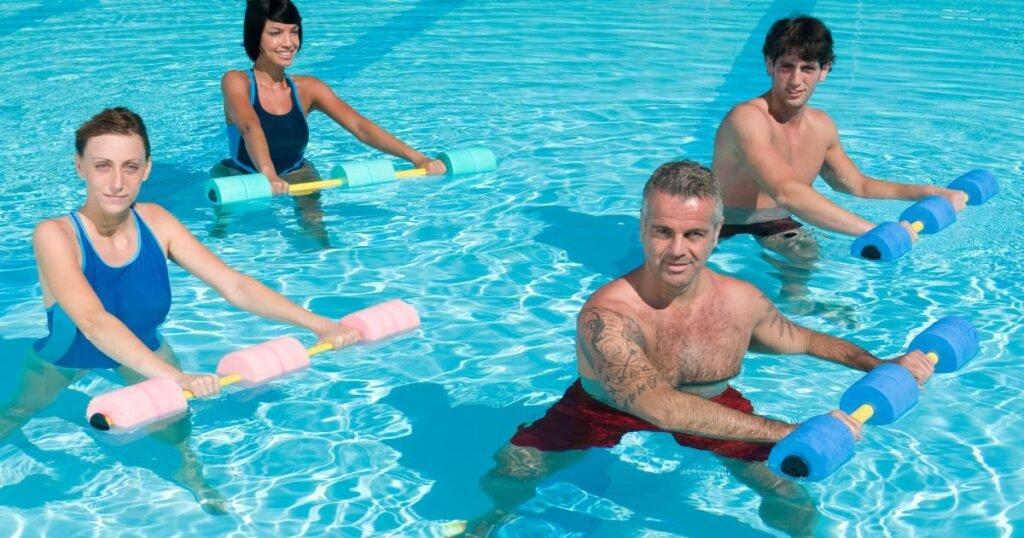
2. Cycling Whether on a stationary bike or cycling outdoors, this activity offers a cardiovascular workout that is easy on the knees and hips. Cycling strengthens the lower body muscles, including the quadriceps, hamstrings, and calves, without imposing significant stress on the joints. It’s an excellent option for those seeking to improve leg strength and endurance while minimizing joint discomfort.
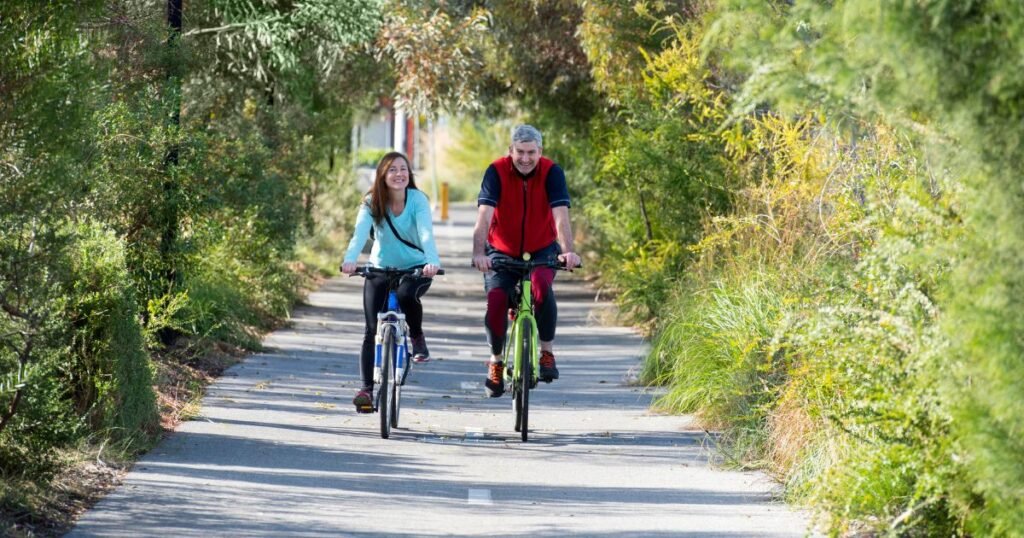
3. Walking A simple yet effective exercise, walking is accessible and can be tailored to individual fitness levels. Regular brisk walking enhances cardiovascular health, aids in weight management, and strengthens the muscles supporting the joints. To maximize benefits and minimize risks, it’s advisable to wear supportive footwear and choose even surfaces.
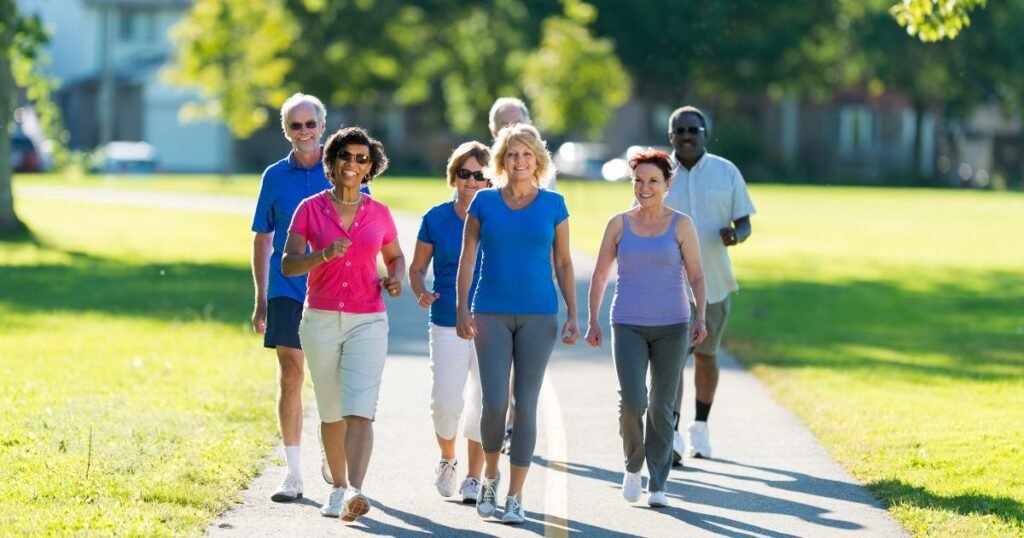
4. Yoga and Tai Chi These mind-body practices focus on gentle movements, balance, and flexibility. Yoga involves various poses that stretch and strengthen muscles, enhancing joint flexibility and reducing stiffness. Tai Chi, with its slow, flowing motions, improves balance and coordination, which can help prevent falls and related joint injuries. Both practices also promote relaxation and mental well-being.
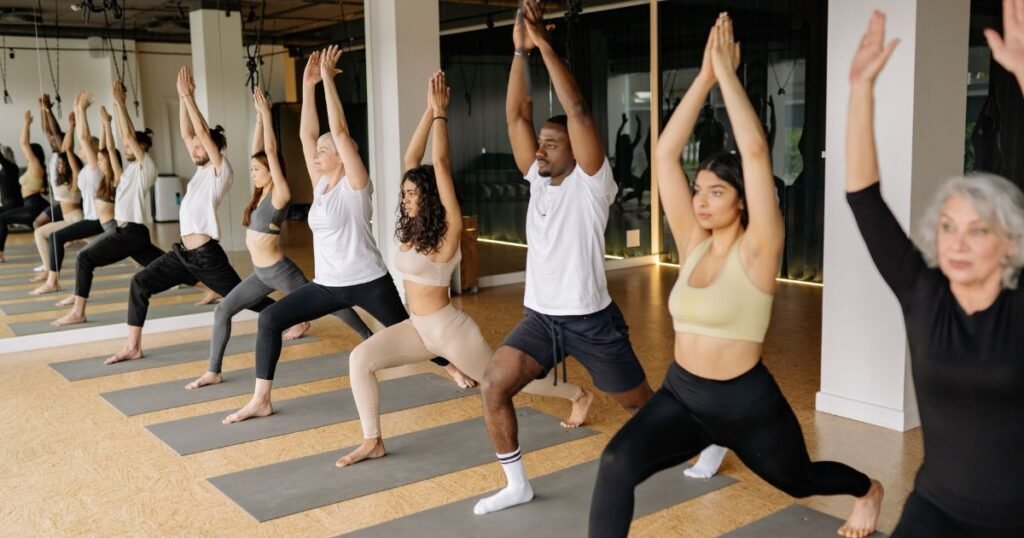
5. Strength Training with Light Weights Incorporating light resistance training helps build muscle mass, which supports and stabilizes joints. Using resistance bands or light dumbbells, individuals can perform exercises targeting major muscle groups. It’s crucial to focus on proper form and controlled movements to avoid strain. Strengthening the muscles around the joints can significantly reduce the risk of injury and alleviate existing joint pain.
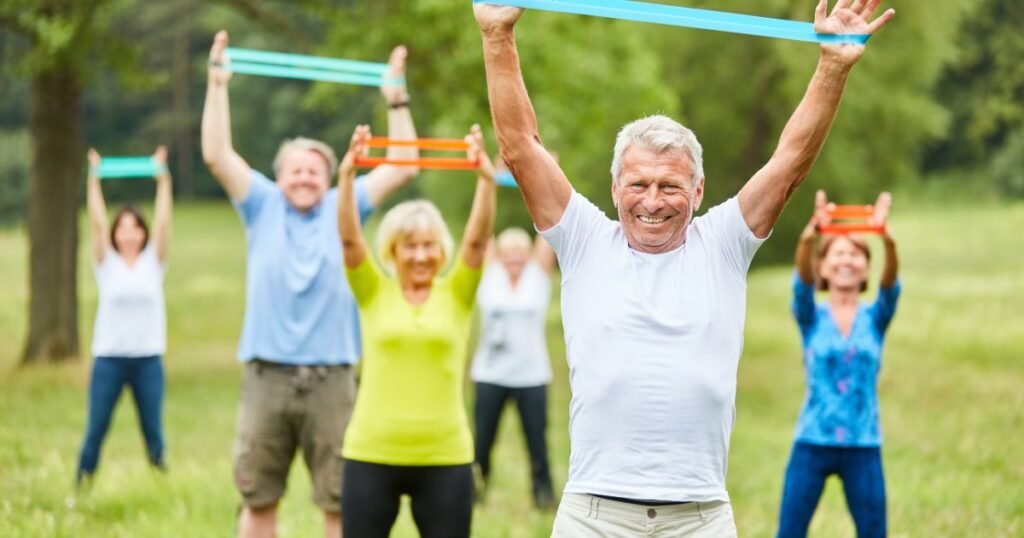
6. Elliptical Training Elliptical machines provide a cardiovascular workout that mimics running but without the harsh impact on the joints. The smooth gliding motion ensures continuous movement, promoting heart health and endurance while protecting the knees, hips, and back. Adjusting the resistance and incline can help tailor the workout to individual fitness levels.

7. Pilates Pilates focuses on core strength, flexibility, and overall body awareness. The controlled, low-impact movements enhance muscle tone and joint stability. Regular practice can improve posture, reduce joint pain, and increase range of motion. Pilates exercises can be modified to accommodate various fitness levels and physical limitations.
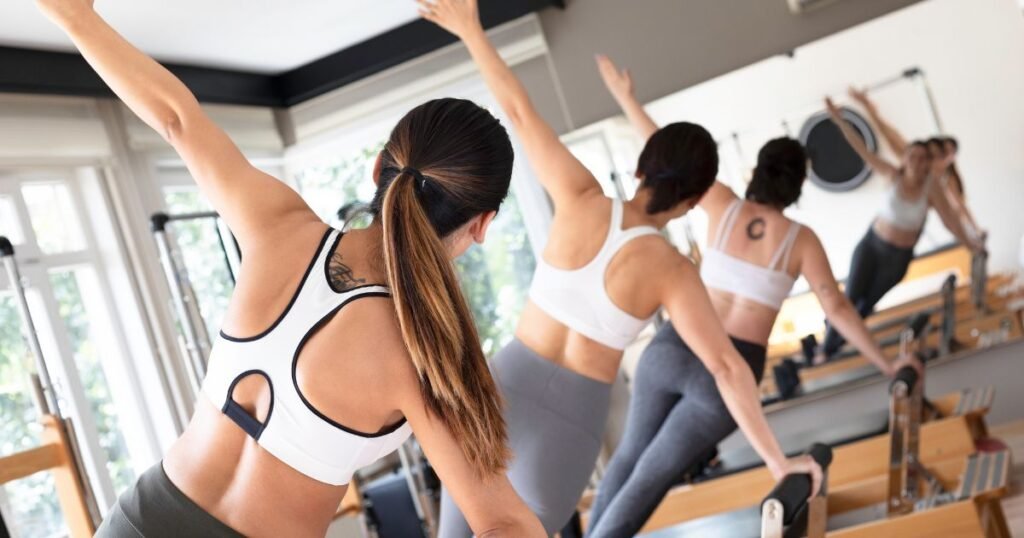
8. Rowing Rowing, whether on water or using a machine, offers a full-body workout that is gentle on the joints. It engages the legs, core, and upper body, promoting muscle strength and cardiovascular fitness. The seated position and smooth motion minimize joint strain, making it suitable for individuals with joint concerns.

“Physical fitness is not only one of the most important keys to a healthy body; it is the basis of dynamic and creative intellectual activity.“ — John F. Kennedy
Creating a Balanced Low-Impact Exercise Routine
To develop an effective regimen that safeguards your joints while enhancing overall fitness, consider the following guidelines:
- Frequency: Aim for at least 150 minutes of moderate-intensity aerobic exercise per week, as recommended by health authorities. This can be broken down into 30-minute sessions, five days a week.
- Variety: Incorporate a mix of the exercises mentioned above to engage different muscle groups and prevent monotony. For example, alternate between swimming, cycling, and yoga throughout the week.
- Warm-Up and Cool-Down: Begin each session with a gentle warm-up to prepare your muscles and joints, such as light walking or dynamic stretches. Conclude with a cool-down period involving static stretches to enhance flexibility and aid recovery.
- Listen to Your Body: Pay attention to any discomfort or pain during exercise. While some muscle soreness is normal, sharp or persistent joint pain is a signal to stop and consult a healthcare professional.
- Progress Gradually: Start with shorter durations and lower intensities, gradually increasing as your fitness improves. This approach helps prevent overuse injuries and allows your joints to adapt safely.
- Seek Professional Guidance: If you’re new to exercise or have existing joint issues, consider consulting a physical therapist or certified
The main benefits of low-impact workouts for seniors
Engaging in low-impact workouts offers numerous benefits for seniors, enhancing both physical and mental well-being:
- Joint Health and Reduced Injury Risk: Low-impact exercises minimize stress on joints, decreasing the likelihood of injuries and making them suitable for individuals with arthritis or joint pain. The Nation’s Health
- Improved Cardiovascular Health: Activities like walking and swimming elevate heart rate without excessive strain, promoting heart health and aiding in the prevention of cardiovascular diseases. Cigna Healthcare
- Enhanced Muscle Strength and Flexibility: Exercises such as yoga and Pilates build muscle strength and improve flexibility, supporting better posture and balance.
- Better Balance and Coordination: Regular practice of low-impact exercises enhances balance and coordination, reducing the risk of falls—a significant concern for older adults. humangood.org
- Mental Health Benefits: Engaging in physical activity boosts mood, reduces stress and anxiety, and may slow cognitive decline, contributing to overall mental well-being. hingehealth
FAQs
1. What are low-impact exercises?
Low-impact exercises are physical activities that minimize stress on the joints. They involve smooth, controlled movements where at least one foot remains in contact with the ground or utilize supportive environments like water. Examples include walking, swimming, cycling, yoga, and Pilates. Cigna Healthcare
2. Why are low-impact workouts recommended for seniors?
As we age, joints can become more susceptible to wear and tear. Low-impact workouts help maintain fitness levels without placing excessive strain on the joints, reducing the risk of injuries and making them ideal for seniors.
3. Can low-impact exercises improve cardiovascular health in older adults?
Yes, engaging in low-impact aerobic activities like brisk walking or swimming can enhance heart health by improving circulation and lowering blood pressure, contributing to overall cardiovascular well-being. Cigna Healthcare
4. How do these exercises affect muscle strength and flexibility?
Low-impact exercises such as yoga and Pilates focus on controlled movements and stretching, which can increase muscle strength and enhance flexibility. This leads to better posture, balance, and a reduced risk of falls.
5. Are there mental health benefits associated with low-impact workouts for seniors?
Absolutely. Regular physical activity, including low-impact exercises, can reduce stress, anxiety, and depression. Engaging in these activities releases endorphins, natural mood enhancers that promote a sense of well-being. spectrumcs.org
6. How often should seniors engage in low-impact exercises?
Health authorities typically recommend that older adults aim for at least 150 minutes of moderate-intensity aerobic activity per week. This can be broken down into 30-minute sessions, five days a week. However, it’s essential to consult with a healthcare provider to tailor an exercise plan to individual health conditions and capabilities.
7. Can low-impact workouts help in managing chronic conditions?
Yes, regular low-impact exercise can assist in managing chronic conditions such as arthritis by improving joint flexibility and reducing pain. It can also aid in regulating blood sugar levels, benefiting those with diabetes. spectrumcs.org
8. Are group classes for low-impact exercises beneficial for seniors?
Participating in group exercise classes can provide social engagement, which is vital for mental health. It fosters a sense of community and can make exercising more enjoyable, encouraging consistency.
9. What precautions should seniors take before starting a low-impact exercise regimen?
Before beginning any new exercise program, seniors should consult with their healthcare provider, especially if they have existing health conditions. It’s important to start slowly, focus on proper form, and choose activities that match individual fitness levels. Additionally, paying attention to the body’s signals and avoiding overexertion can help prevent injuries.
10. Can low-impact exercises aid in weight management for seniors?
Yes, engaging in regular low-impact physical activity can help burn calories and build muscle mass, contributing to weight management. Maintaining a healthy weight is crucial for reducing the strain on joints and overall health.

